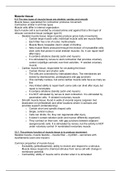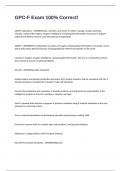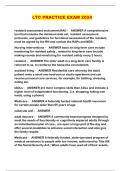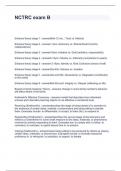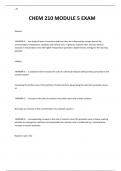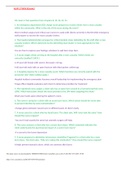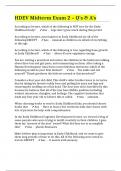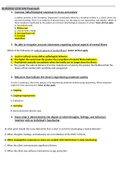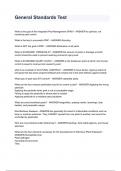Summary
Summary Histology -- Muscle tissue
- Course
- Institution
- Book
Orderly and clear summary of the muscle tissue what is discussed during the histology lectures. It is a summary from the book "Fundamentals of Anatomy & Physiology, Global Edition" With this summary you will save a lot of time. I passed this course with a 7,5. Good luck :)
[Show more]
